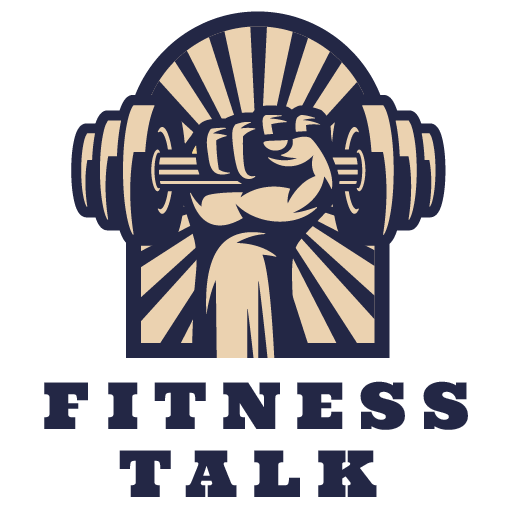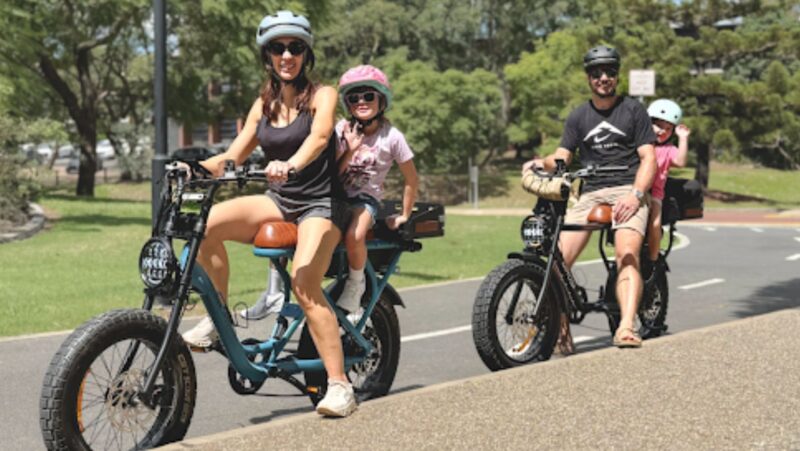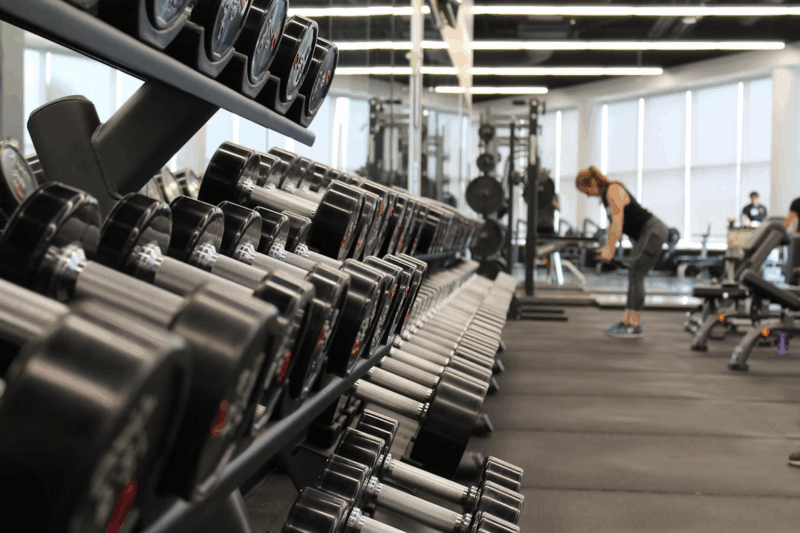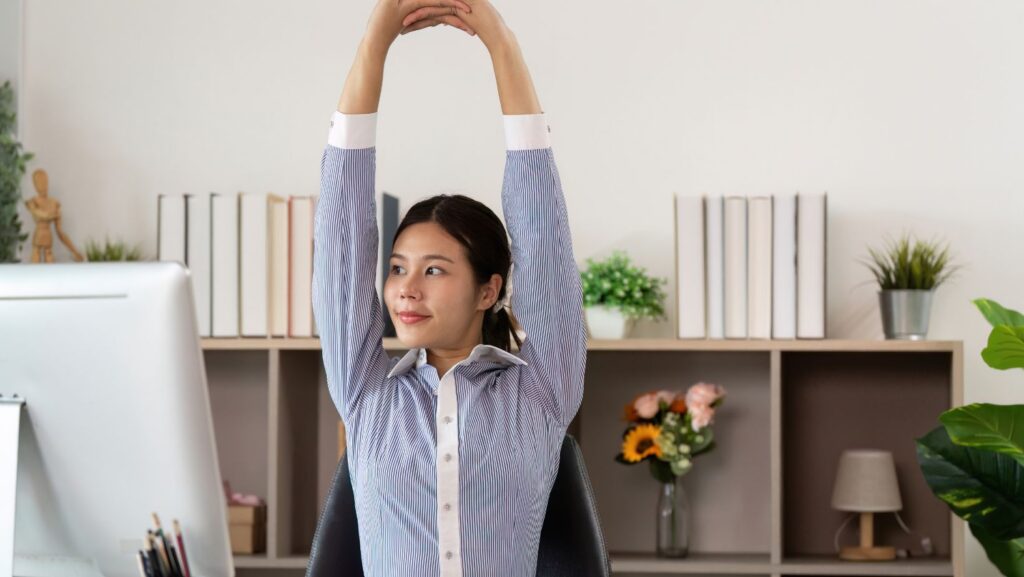
It’s easy to underestimate how much posture affects your day-to-day wellbeing. Most people think of it as something their teacher nagged them about in school — “Sit up straight!” — but good posture is about far more than appearances. It influences how you breathe, how much energy you have, and even how your body feels when you finally crawl into bed at night.
The best part? You don’t need a complete lifestyle overhaul to fix it. Small, consistent changes to how you sit, stand, and move can add up to a huge difference by the end of the day. These tiny posture tweaks are simple enough to start today and effective enough to make you wonder how you ever got through work without them.
Why Your Posture Matters More Than You Think
Your posture isn’t just about how straight your back looks — it’s about how your entire body functions. When your spine, shoulders, and hips are aligned, your muscles can work efficiently, your joints experience less strain, and your circulation improves. But when your posture slips — say, when you slouch over your desk or crane your neck towards your phone — your muscles compensate in all the wrong ways.
That’s where chronic tension, headaches, and fatigue creep in. Over time, those small misalignments can lead to pain or even injury. Professionals such as physio newtown often see clients who don’t realise their back or shoulder discomfort has been building silently for years, all because of daily posture habits that seemed harmless.
The good news? Because posture issues develop gradually, they can also be undone gradually — with simple, conscious adjustments throughout your day.
The Morning Reset: Starting on the Right Foot
Your posture starts the moment you get out of bed. How you move in the morning sets the tone for your muscles and joints all day long. Instead of hopping straight into work mode, take 60 seconds to gently stretch your neck, shoulders, and spine.
A simple routine like this can work wonders:
- Neck rolls: Slowly tilt your head side to side, then gently roll your shoulders forward and backward.
- Cat-cow stretch: On all fours, alternate between arching your back and rounding it to loosen stiffness.
- Torso twist: While standing, rotate gently left and right to wake up your spine.
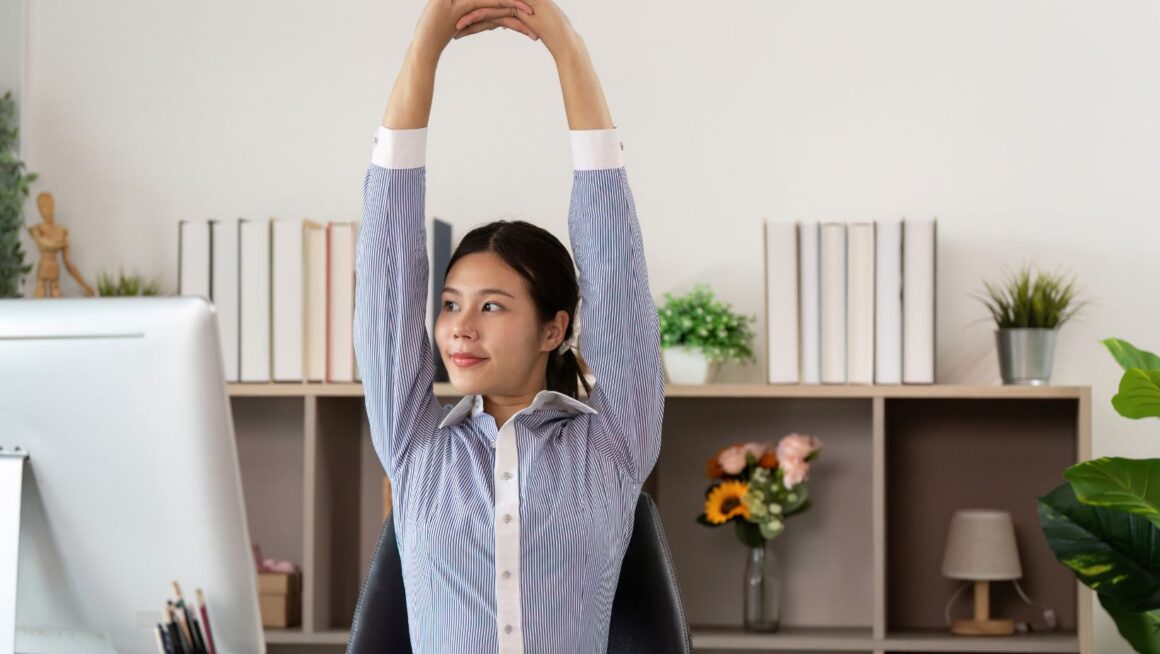
These micro-movements encourage blood flow, loosen tight muscles, and remind your body to move freely rather than stiffly. You don’t need a yoga mat or a full workout — just a moment of awareness to set your alignment early.
The Desk Dilemma: Sitting Without Slumping
If you spend most of your day sitting, you’ve probably noticed how quickly your “good posture” fades as the hours tick by. By mid-afternoon, most of us are hunched forward, shoulders rounded, chin tucked, and lower back collapsed.
Here’s the trick: you don’t need to sit like a soldier to fix it — you just need balance.
- Feet flat, not floating: Keep both feet on the ground (or a footrest) to stabilise your hips and spine.
- Back support matters: A small cushion or rolled-up towel behind your lower back can encourage the natural curve of your spine.
- Elbows at 90 degrees: Adjust your chair height so your arms rest comfortably on the desk without raising your shoulders.
- Screen at eye level: If you’re constantly looking down, your neck muscles are doing overtime. Raise your monitor or laptop with a stand or even a few books.
And most importantly, don’t stay frozen. Even the best posture becomes poor posture if held for too long. Stand up, stretch, or take a 30-second walk every half hour. Think of it as a reset button for your spine.
The Standing Secret: Align Before You Move
Standing might seem easier on your posture than sitting, but many people still end up leaning into one hip or locking their knees without realising it. Over time, these habits throw your alignment off balance.
To improve your standing posture:
- Even weight distribution: Keep your weight evenly across both feet rather than favouring one side.
- Soft knees: Don’t lock your knees; a slight bend helps your body absorb pressure naturally.
- Engage your core: Gently pull your belly button toward your spine. You don’t need to suck in — just activate those deep stabilising muscles.
- Roll your shoulders back: Imagine a string gently lifting the top of your head toward the ceiling. This lengthens your spine and prevents that forward head tilt.
Even small reminders like standing tall while waiting for your coffee or queuing at the supermarket can help reinforce better posture habits throughout the day.
Tech Neck: The Modern-Day Posture Epidemic
Our devices might connect us to the world, but they’ve also introduced a new kind of posture problem — the dreaded tech neck. Every time you look down at your phone, your head can place up to 25 kilograms of pressure on your neck muscles. It’s no wonder so many people end up with tight shoulders, stiff necks, and headaches.
Here’s how to combat it:
- Lift, don’t lower: Bring your phone or tablet up to eye level instead of bending your neck down.
- Use voice-to-text: Give your thumbs (and neck) a break by speaking your messages when you can.
- Stretch often: Gently roll your shoulders and tilt your head side to side every 20 minutes.
- Limit long scrolls: Set intentional screen breaks — even a few minutes away from your device can help reset your posture.
Small changes here pay off quickly. After just a few days of awareness, you’ll notice less tension in your neck and upper back.
Driving with Alignment
Whether it’s a quick trip to the shops or a long commute, driving can take a toll on your posture. Most people sit too far back or lean into one side while steering, which strains the lower back and shoulders.
To fix your driving posture:
- Seat position: Sit close enough so your elbows stay slightly bent while holding the wheel.
- Back support: Use the seat’s lumbar support if available, or place a small cushion behind your lower back.
- Headrest height: Align the middle of your headrest with the back of your head — not your neck.
- Relaxed grip: Avoid gripping the wheel too tightly; that tension travels straight to your shoulders.
And remember — take breaks during long drives. Getting out of the car, stretching, and walking for even two minutes can make a huge difference.
The Power of Micro-Movements
One of the easiest ways to improve posture is to build movement into your routine — not in big chunks, but in tiny doses throughout the day. Our bodies weren’t designed for stillness, so even the smallest motion helps reset our muscles and joints.
Try adding these micro-movements into your routine:
- Roll your shoulders back whenever you take a sip of water.
- Shift your weight from one foot to the other while brushing your teeth.
- Stretch your arms overhead when you send an email.
- Stand up while on phone calls.
These might sound insignificant, but collectively they add up to better posture and less stiffness by the end of the day.
Your Core: The Unsung Hero of Good Posture
Good posture starts at your core — not just your abs, but the deeper muscles that support your spine and pelvis. Strengthening them gives your body a natural framework for alignment, making it easier to maintain good posture without constantly thinking about it.
You don’t need fancy equipment or a gym membership to build core strength. Simple exercises like planks, bridges, or seated pelvic tilts can help. Even sitting on a stability ball for short periods activates those stabilising muscles subtly throughout the day.
When your core is strong, your posture improves effortlessly. You’ll sit taller, stand straighter, and move more freely — all without straining your back.
Little Changes, Big Payoff
Improving your posture doesn’t have to mean daily stretching sessions or strict routines. It’s about awareness — noticing how you hold yourself and making small, consistent adjustments.
By paying attention to how you sit, stand, move, and even scroll, you start to undo years of habitual tension. Those little fixes — the way you lift your chin, the alignment of your spine, the moments you choose to move — accumulate quietly throughout the day.
By the time you get home, you’ll notice the difference: less stiffness, fewer aches, more energy. And when you wake up tomorrow, your body will thank you for it — ready to start another day with just a little more strength, balance, and ease.
